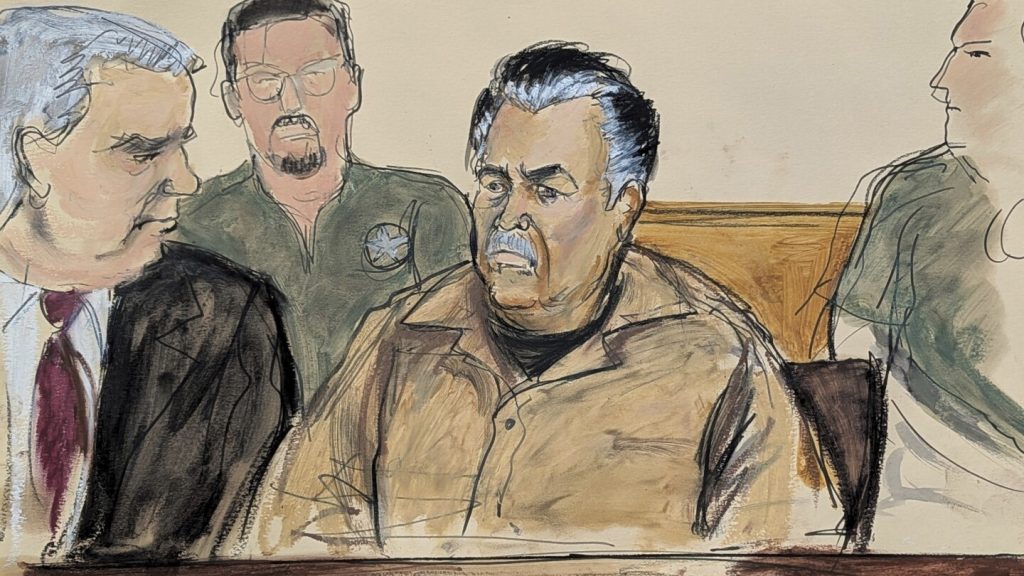Ismael “El Mayo” Zambada, a key figure in Mexico’s Sinaloa cartel, made his first appearance in a U.S. court facing drug trafficking charges. Zambada, 76, appeared before District Court Judge Brian Cogan, who previously sentenced fellow cartel leader Joaquín “El Chapo” Guzmán to life in prison. Prosecutors allege that Zambada and Guzmán were instrumental in building the Sinaloa cartel into a major drug trafficking organization responsible for smuggling narcotics into the U.S. Zambada has pleaded not guilty to the charges.
Zambada was apprehended in July in the U.S. after arriving at a Texas airport with Guzmán’s son, Joaquín Guzmán López. Guzmán López, who is also facing drug trafficking charges in Chicago, has pleaded not guilty as well. Following their arrests, rival factions of the cartel in Sinaloa have been engaged in violent clashes. Recent reports indicate that a local newspaper office in Culiacan was targeted with gunshots, although no injuries were reported. The escalation of violence in the region is a cause for concern for local authorities.
In a separate development, U.S. authorities have announced charges against a former Canadian Olympic snowboarder who allegedly runs a drug trafficking ring from Mexico with the protection of the Sinaloa cartel. This individual is said to be involved in illicit drug activities that have caught the attention of law enforcement agencies in both the U.S. and Mexico. The case highlights the international reach and influence of criminal organizations like the Sinaloa cartel, which operate across borders to facilitate their illegal operations.
During the status conference in court, prosecutors informed the judge that some of the evidence in the case against Zambada is classified, requiring his defense attorneys to obtain clearance. The next court appearance for Zambada has been scheduled for January 15. The legal proceedings against Zambada and the implications of the charges he is facing are expected to have significant ramifications for the future of the Sinaloa cartel and the broader drug trafficking landscape in Mexico and the U.S.
In a related development, earlier in the week, Judge Cogan sentenced Genaro García Luna, Mexico’s former secretary of public security, to more than 38 years in prison for accepting bribes to protect the Sinaloa cartel. This case sheds light on the deep-rooted corruption within law enforcement agencies in Mexico and their collusion with drug trafficking organizations. The ongoing legal proceedings against individuals linked to the Sinaloa cartel underscore the challenges faced by authorities in combating organized crime and curbing the flow of illicit drugs across borders.
The interconnected nature of drug trafficking networks, corruption, and violence in regions like Sinaloa highlights the complex dynamics at play in the fight against organized crime. The targeting of key figures like Zambada and García Luna is a significant step in holding individuals accountable for their roles in facilitating criminal activities. As the legal proceedings against these individuals unfold, the impact on the operations of the Sinaloa cartel and the broader efforts to combat drug trafficking in Mexico and the U.S. will continue to be closely monitored by law enforcement agencies and the public.


